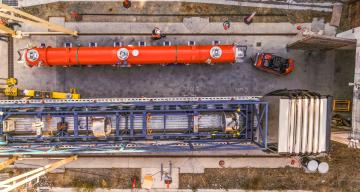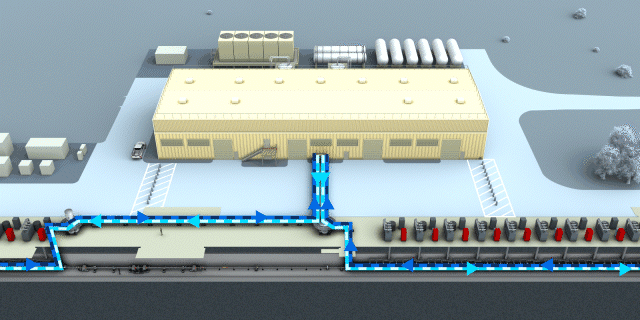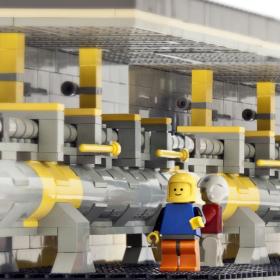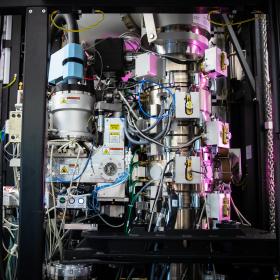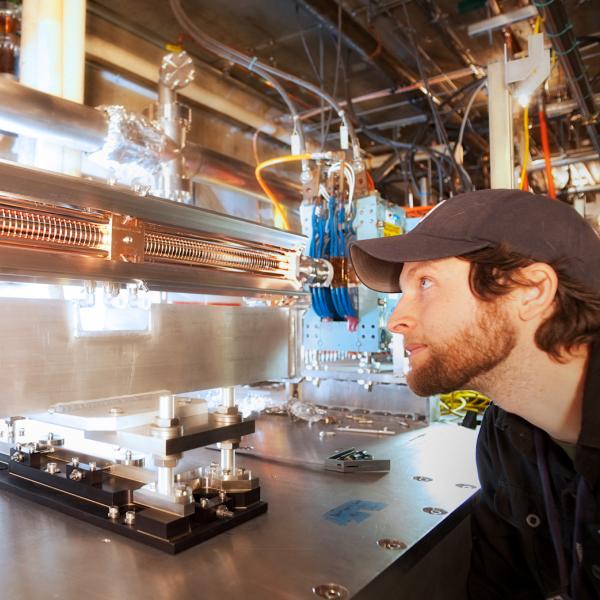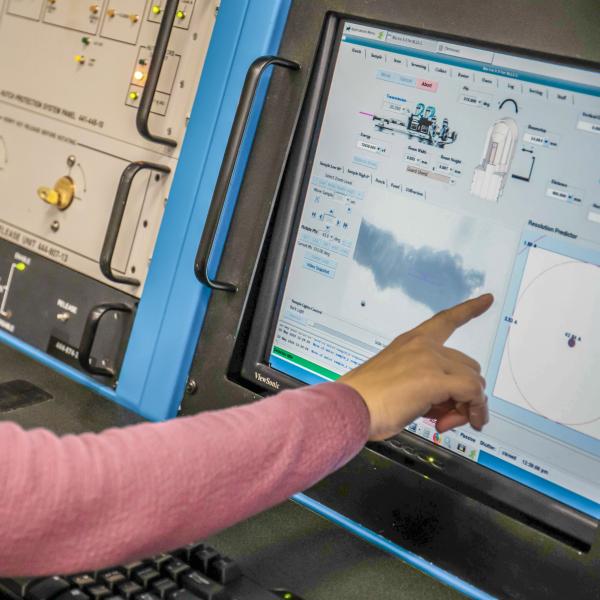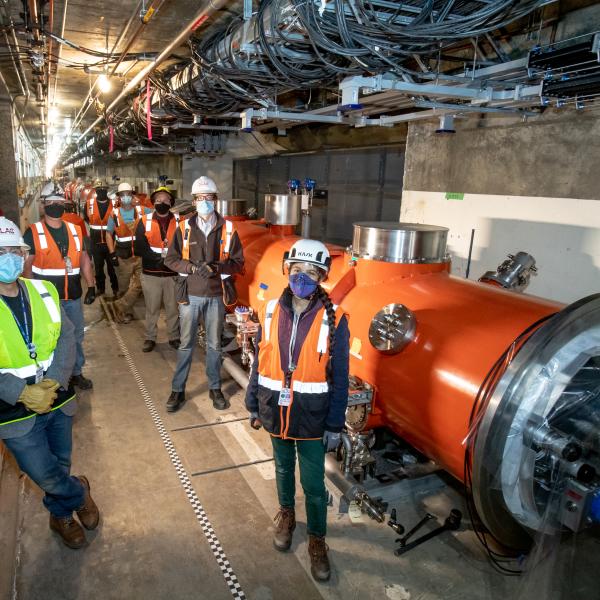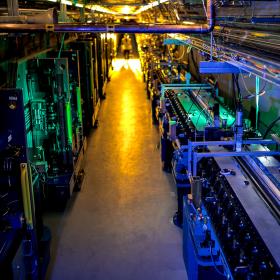While SLAC’s research has expanded in many directions since our founding in 1962, our guiding principle remains the same: We dream big, and our visionary ideas accelerate discovery not just here but around the world. We’re known for leading large-scale science projects, and we welcome scientists to come use our X-rays, lasers and electron beams for groundbreaking experiments.
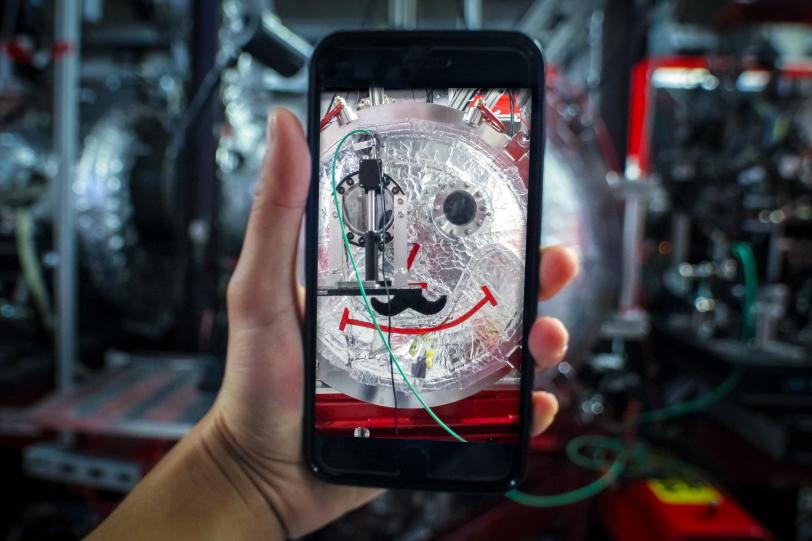
Fun facts
SLAC at a glance
How fast do electrons zip down our linear accelerator? What role did we play in developing the World Wide Web? How far, high and deep does our experimental footprint stretch? And what was our first scientific discovery? (The answers may surprise you!) Learn more about the awesomeness that is SLAC.
Vital partnerships
SLAC, Stanford & Department of Energy (DOE)
As one of 17 DOE national labs, we are part of the most comprehensive research system of its kind in the world. Stanford University operates SLAC for the DOE Office of Science. Our strong ties with Stanford go all the way back to the lab’s founding. We sit on Stanford land in the heart of Silicon Valley, our people are Stanford employees and our faculty teach and mentor Stanford graduate students. We also jointly run five research centers with the university.
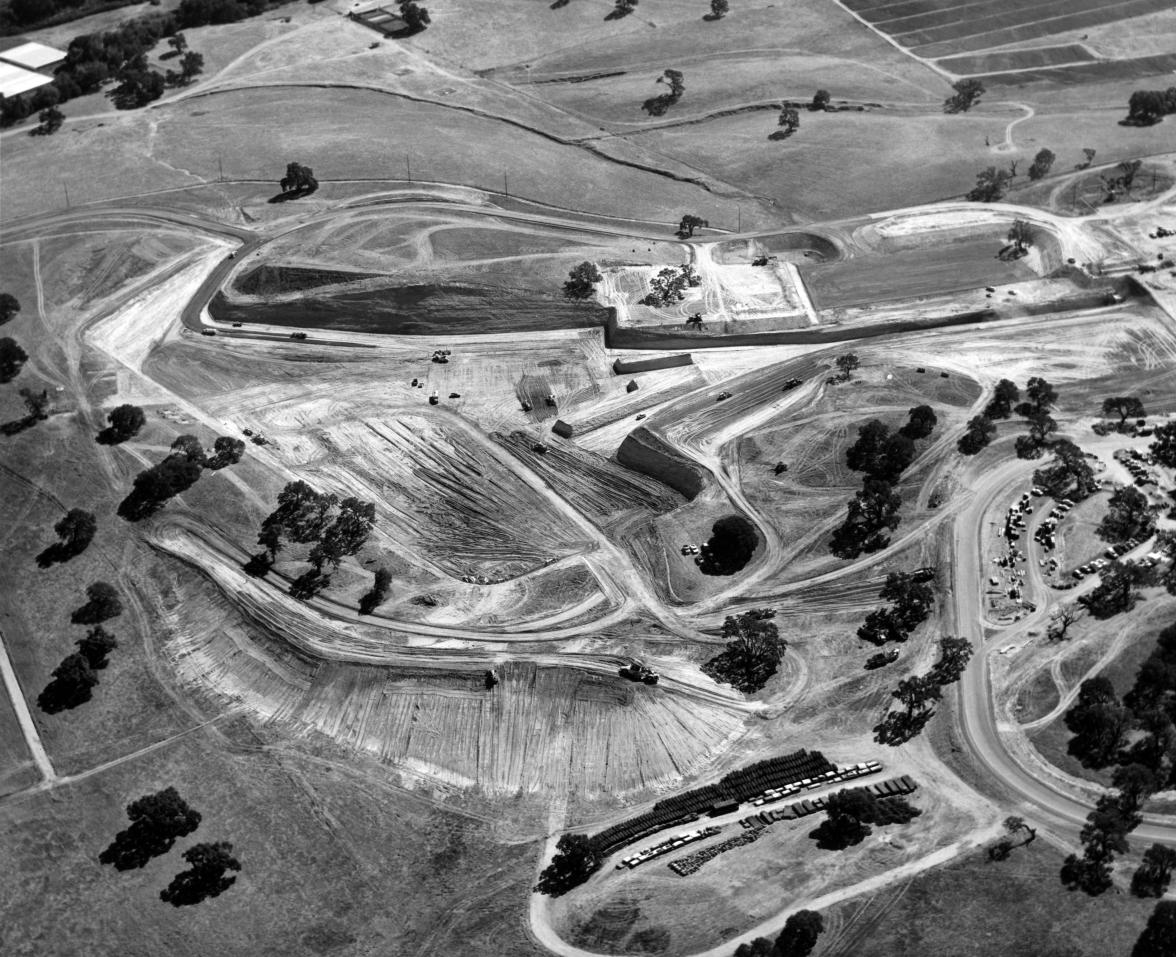
426 acres
Our campus
Located in the rolling hills three miles west of Stanford University, SLAC occupies 426 acres of Stanford-owned land and has many close ties to the university, which manages the lab for the Department of Energy. We operate five joint research institutes and facilities with Stanford and host the Stanford Guest House and Stanford Research Computing Facility. Our main entrance is just east of Interstate 280, which crosses over the 2-mile-long linear accelerator at the heart of the lab. SLAC has 1,600 employees and welcomes thousands of scientists from all over the world each year to use our three Office of Science user facilities for their experiments.
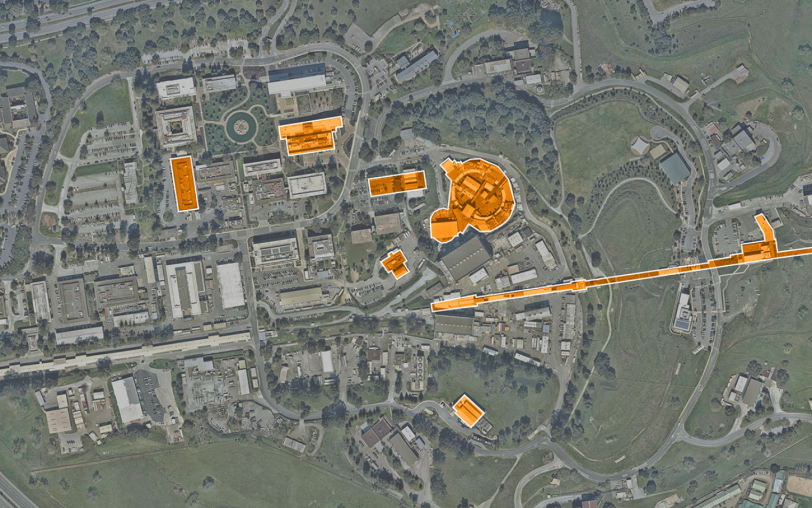
Our organizational structure
SLAC employees do research, plan and carry out major research and construction projects, operate facilities used by thousands of scientists from all over the world and keep the lab running smoothly and safely. Here’s how these vital functions fit together.

